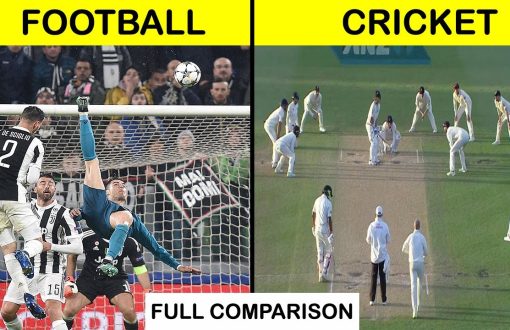How Do I Identify Deepfake Videos?
Identifying deepfake videos involves a combination of technical scrutiny, critical analysis, and the use of specialized tools. Deepfakes are synthetically generated or manipulated videos that make it appear as though people are saying or doing things they never did, often using artificial intelligence (AI) and machine learning (ML). As the technology behind deepfakes improves, distinguishing them from genuine content becomes increasingly challenging. However, there are several strategies you can employ:
- Source Verification:
- Confirm the video’s source before trusting its content. Authentic videos usually come from reputable sources or can be verified by them.
- Check for Inconsistencies:
- Look for mismatches in lighting, shadows, and reflections that could indicate manipulation.
- Facial features or body movements that appear unnatural or out of sync with speech can be telltale signs.
- Audio Analysis:
- Listen for irregularities in voice patterns, sudden changes in pitch, or unnatural cadences that could suggest audio manipulation.
- Facial Recognition and Expression:
- AI struggles with accurately replicating human expressions and emotions. Overly smooth facial features or a lack of blinks and subtle facial movements can be red flags.
- Contextual Analysis:
- Research the context of the video. Does the event shown align with other credible sources and reports?
- Technical Tools:
- Use detection software designed to identify deepfakes. Some tools analyze videos for inconsistencies in the data that may indicate manipulation.
- Blockchain Verification:
- For certain types of content, blockchain technology can be used to verify the authenticity of a video, ensuring it has not been altered from its original state.
- Expert Consultation:
- When in doubt, consult with digital forensic experts who specialize in detecting video manipulations.
- Reverse Image Search:
- Perform a reverse image search to find where the video or its components might have originated.
- Check for Digital Fingerprints:
- Digital content can contain noise and artifacts from the recording device; deepfakes may lack these or have inconsistent patterns.
- Look for Physical Plausibility:
- Check if the physical properties of objects and people behave as expected according to physics. For example, do clothes move in a realistic manner?
- Social Verification:
- See if the individuals or entities featured in the video have commented on its authenticity on their official platforms.
- Education and Awareness:
- Educate yourself on the latest deepfake techniques to stay ahead of the curve. Being aware of current capabilities helps in better scrutinization.
- Legislative Frameworks:
- Be aware of the legal implications and protections offered in your jurisdiction regarding deepfake content.
- Professional Analysis Tools:
- Tools like Adobe’s Content Authenticity Initiative or Microsoft’s Video Authenticator can be used to detect manipulation in digital media.
- Temporal and Spatial Analysis:
- Analyze the timing and sequencing of events in the video. Inconsistencies or impossible scenarios could suggest manipulation.
- Critical Thinking:
- Always approach media critically. Question the intent behind the video and consider why it was created.
- Forensic Analysis:
- Use forensic techniques to inspect the metadata of the video file for signs of alteration.
- Cross-Referencing:
- Cross-reference the content with news and data from credible sources to confirm its veracity.
- Community Efforts:
- Engage in community platforms where users collaboratively identify and flag deepfake content.
- Machine Learning Models:
- Train or utilize machine learning models that can detect anomalies in video files that may not be perceptible to the human eye.
- Watermarking:
- In the production of authentic videos, consider using watermarking technologies that can help verify the source and integrity of the content.
- Media Literacy:
- Invest in media literacy to understand how digital content is created and distributed, which can aid in identifying fakes.
- Consistency with Historical Data:
- Historical inconsistencies, such as outdated clothing or technology in a supposedly recent video, can be indicative of a deepfake.
- Biometric Analysis:
- Some tools analyze the biometrics of the individuals in the video to ensure they align with known data about their appearances.
- Crowdsourced Verification:
- Platforms like DeepTrust Alliance are working on crowdsourced verification to validate content.
- Use of Multiple Detection Methods:
- No single method is foolproof. Using a combination of the above techniques increases the chances of identifying deepfakes.
- Stay Informed:
- Follow developments in deepfake technology and detection methods to understand how the landscape is changing.
- Professional Development:
- For those in fields where deepfake detection is critical, consider professional development courses to stay updated on the latest techniques.
- Promote Transparency:
- Encourage the use of ethical guidelines and transparency in video creation and sharing.
The challenge of identifying deepfakes is likely to grow as the technology becomes more sophisticated. Continuous research and development in detection methods, along with public education on the issue, are vital in combating the spread of deceptive deepfake content.



